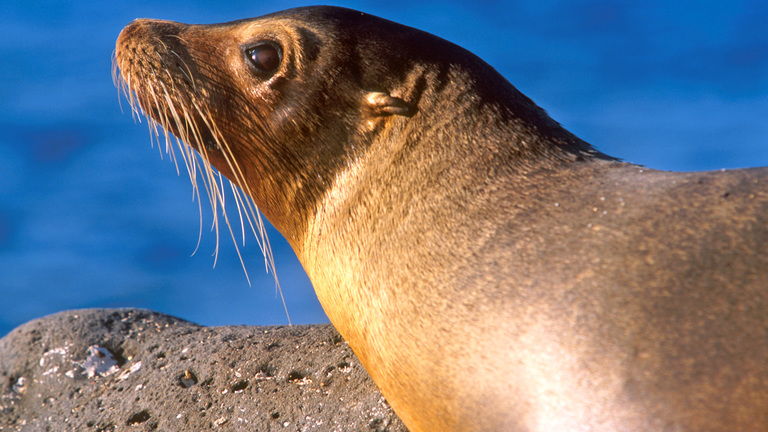By: Charles Li
A new way of understanding the ocean floor and its ecosystems has emerged—using what is already there.
“For most of the ocean, we don’t know what the bottom looks like,” said Nathan Angelakis, a Ph.D. student at the University of Adelaide.
Usually, scientists map the ocean floor using remotely operated underwater vehicles (ROV’s) and cameras towed by ships. There are many downsides to these methods. They involve time and effort, are costly, and require good weather conditions. This new method is better than these old methods, and also lets us understand how animals in underwater ecosystems move and think.
Mr. Angelakis and his colleagues used four helpers: Daphne, Phoebe, Iris, and Pasithea. These four helpers are Australian sea lions, an endangered species. They are all female, and have pups. After gaining permission from authorities, the team gave the sea lions a sedative, then glued on patches of fabric, and attached cameras.
After the sea lions came back to their senses, they waddled back to the water for their hunting routine. 90 hours later, the sea lions waddled back up to the shore to rest. The team removed the cameras, but left the pieces of fabric to be shed along with the sea lion’s skin.
The footage includes the sea lions surfacing, diving down, and maneuvering through mountains of kelp and coral.
“You get those moments which are really exciting,” Mr. Angelakis said, such as “when the sea lion captures a really big fish or a small shark or it’s wrangling an octopus.”
One of the most interesting moments of the 89-hour footage was when Daphne taught her pup how to waddle to the sea. It is the first evidence that sea lions pass their knowledge to their pups.
This method of seeing the ocean floor is better than using towed cameras or ROV’s. However, it has downsides. The cameras put light in where light shouldn’t be, tampering with the seal’s vision and hunting skills while making it an easier target for sharks and other predators. Also, because the team did not remove the glued-on patches of fabric, they could end up in an animal’s stomach. Smaller dangers are also present, such as if the camera falls off. But overall, the benefits are greater than the costs.
Mr. Angelakis and his colleagues hope the seal’s swims will help scientists develop better understandings of marine ecosystems and the ocean floor, and how humans can help the ocean.











